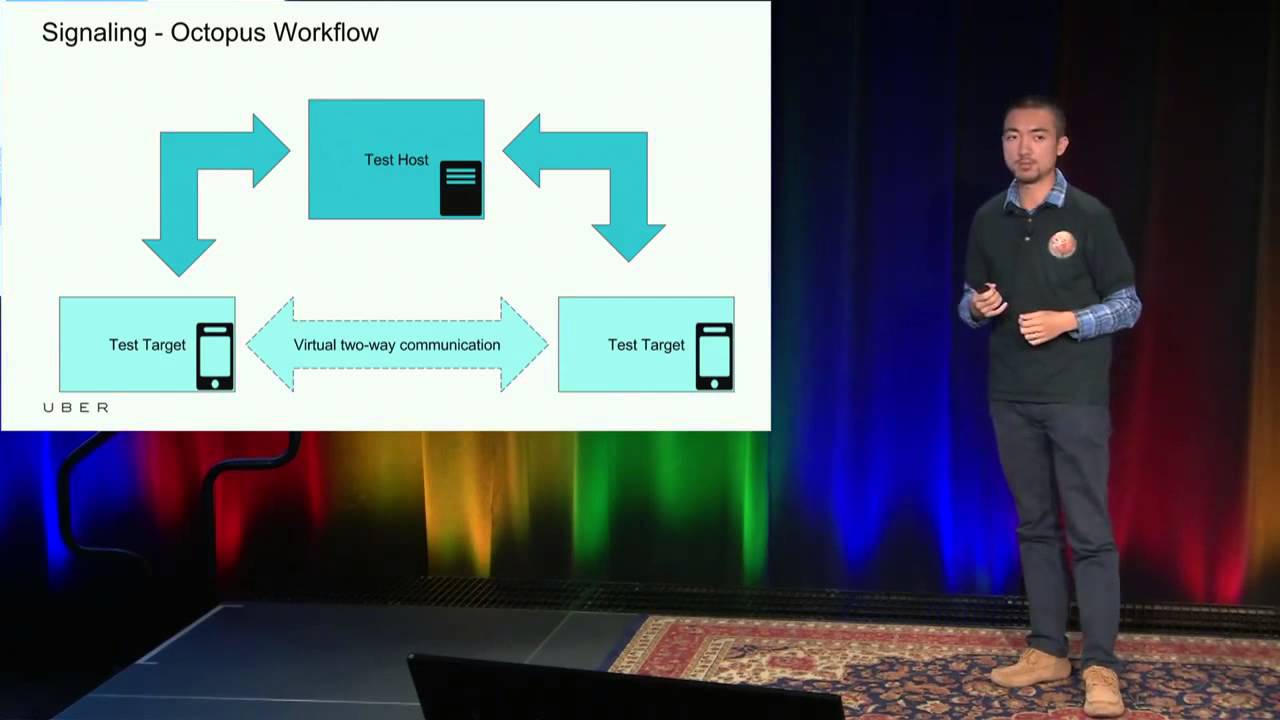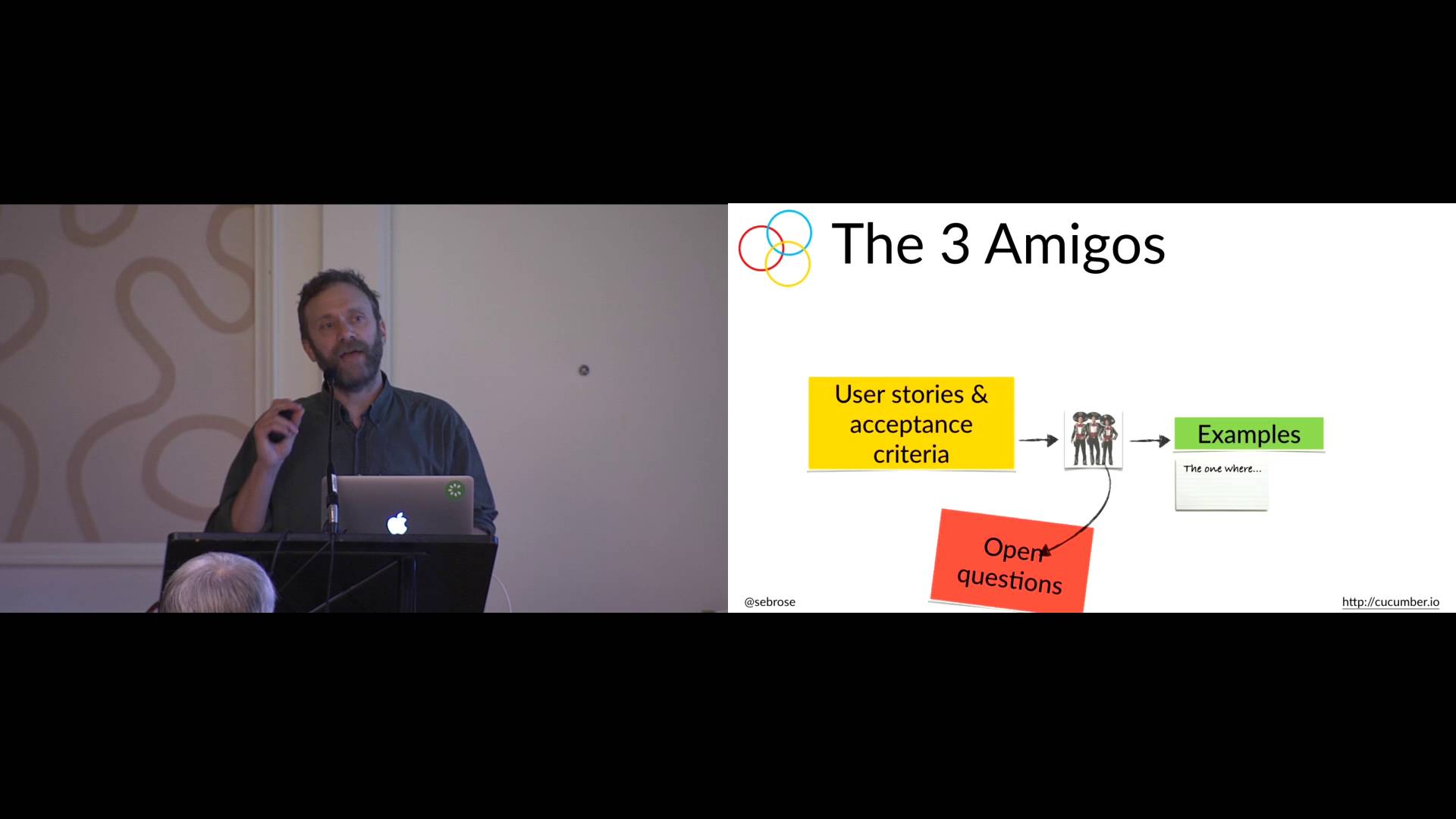Software Testing Videos and Tutorials: Load Testing, Unit Testing, Functional Testing, Performance Testing, Agile Testing, DevOps
Uber has many unique challenges while investigating UI testing tools for its mobile applications. Many of the sanity tests require that the rider application and driver application communicate and coordinate their actions in order to complete the end-to-end testing scenario.
The performance of your application affects your business more than you might think. Top engineering organizations think of performance not as a nice-to-have, but as a crucial feature of their product. Those organizations understand that performance has a direct impact on user experience and, ultimately, their bottom line. Unfortunately, most engineering teams do not regularly test the performance and scalability of their infrastructure.
Jasmine is one of the most popular open source JavaScript unit testing frameworks that allows JavaScript developers to develop “descriptive” testing code which does not necessarily need a JavaScript expert to understand it. Although Jasmine is a popular JavaScript unit testing framework and is used in many web applications, it does not have an out-of the box way to automate the running of its tests because it is designed to run from the browser.
This tutorial looks at what Cucumber is good for Behavior-Driven development (BDD) with Java — and what it isn’t. It briefly covers what BDD is and how the open source tool Cucumber helps deliver on the promise of improved communication between the business and the development team.
One of the problems we face in automated system testing is how to setup and manage the life cycle of the included applications. Traditional virtualisation technologies can provide solutions to these problems, but at the price of heavy resources requirements and unacceptably long startup times. Docker on the other hand, with lower resource requirements and shorter application startup times, has seen a lot of interest lately for looking like a better fit for automated system testing.
Your application is a unique snowflake. Your software tests are too… but they shouldn’t be! Years helping teams write better tests has taught me one thing: consistency is crucial. Inconsistent tests slow teams down, wasting time to understand how each test works.
Software development and deployment contexts have changed considerably over the last decade with Agile approaches. Performance testing has had difficulty keeping up with modern testing principles and software development and continuous deployment processes.








